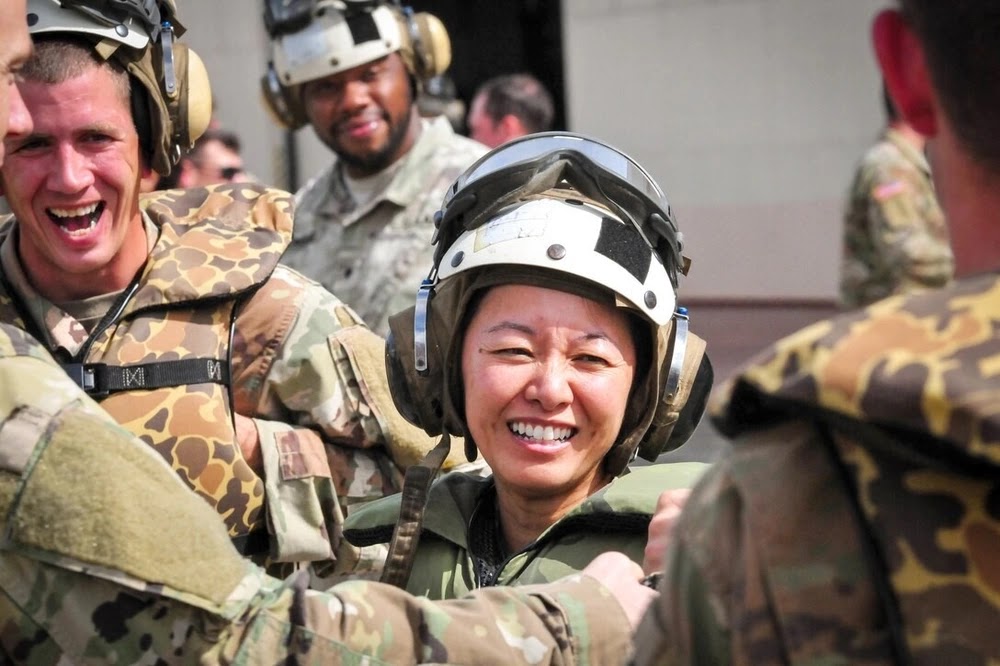CANBERRA, AUSTRALIA – In a move widely interpreted as a significant bolstering of its presence in the Indo-Pacific region, the United States Army has announced the first-ever deployment of its long-range hypersonic missile system during a multinational military exercise in Australia. The deployment is seen as a direct response to growing geopolitical tensions in the region and a demonstration of Washington's commitment to its allies and its strategic interests.
The US Army's contingent participating in the Exercise Southern Cross, a large-scale joint training event involving forces from Australia, the United Kingdom, and Japan, unveiled the Typhon Mid-Range Capability (MRC) system, which includes the Dark Eagle hypersonic missile. While the exact specifications of the deployed system remain classified, it is understood to possess a range exceeding 1,725 miles (2,776 kilometers) and the ability to travel at speeds greater than Mach 5, making it extremely difficult to intercept.
This marks the inaugural deployment of a US hypersonic missile system outside of the continental United States. Although officials have been tight-lipped about the precise location and duration of the deployment within Australia, its very presence in the Indo-Pacific is a clear signal to potential adversaries.
"The deployment of this long-range, precision-strike capability to this theater is a testament to our commitment to a free and open Indo-Pacific," stated General Samuel Greaves, Commander of the US Army Pacific, during a press briefing in Darwin. "It enhances our joint force's ability to project power and ensures we can effectively respond to any contingency alongside our valued allies."
The move comes amidst increasing concerns over China's growing military assertiveness in the South China Sea, its expanding naval capabilities, and its recent advancements in hypersonic weapons technology. North Korea's continued missile testing and the ongoing tensions surrounding Taiwan have also contributed to the heightened security environment in the region.
Australia, a key US ally in the Indo-Pacific, has welcomed the deployment. "Exercise Southern Cross is crucial for strengthening interoperability with our partners," commented Australian Defence Minister Richard Marles. "The participation of cutting-edge US capabilities like the hypersonic missile system underscores the importance of our alliance and our shared commitment to regional stability."
Analysts believe the deployment serves several key strategic objectives:
Deterrence: The presence of hypersonic missiles in the Indo-Pacific complicates the strategic calculations of potential adversaries, as these weapons offer a significant advantage in terms of speed and maneuverability.
Power Projection: The long range of the Dark Eagle missile provides the US with the capability to strike targets deep within the region, enhancing its ability to project power and influence.
Interoperability: Exercising with allies using advanced systems like hypersonic missiles strengthens joint operational capabilities and fosters closer military cooperation.
Countering Peer Threats: The deployment is a direct response to the advancements made by China and Russia in hypersonic weapon development, aiming to close any perceived capability gap.
While the US military has been actively developing hypersonic weapons, this deployment signifies a tangible step towards operationalizing these advanced systems in a strategically vital region. It is expected to draw strong reactions from Beijing, which has consistently opposed the strengthening of US military presence in the Indo-Pacific.
The exercise and the deployment of the hypersonic missiles are anticipated to continue for several weeks, with further details about the training scenarios and the system's capabilities likely to emerge in due course. This landmark deployment underscores the evolving security landscape of the Indo-Pacific and the increasing emphasis on advanced military technologies in maintaining regional stability.









